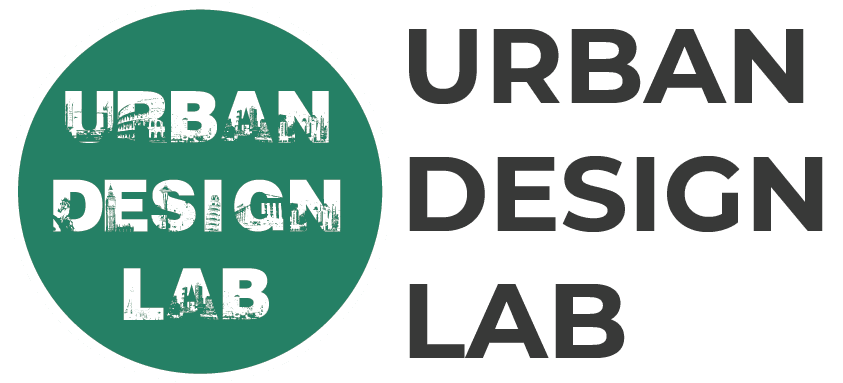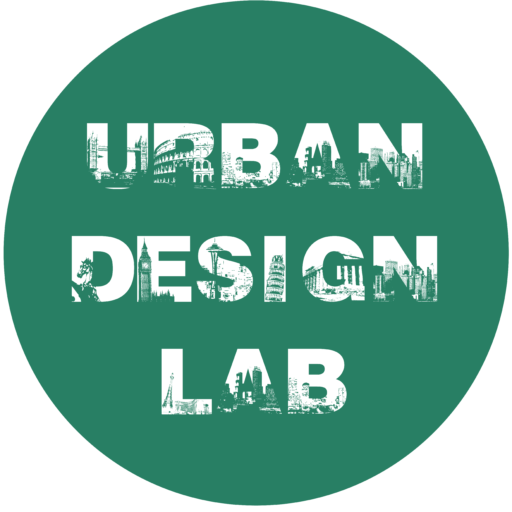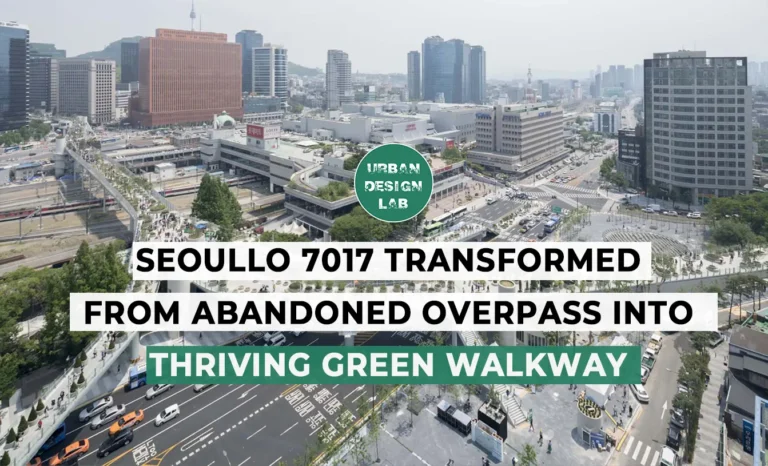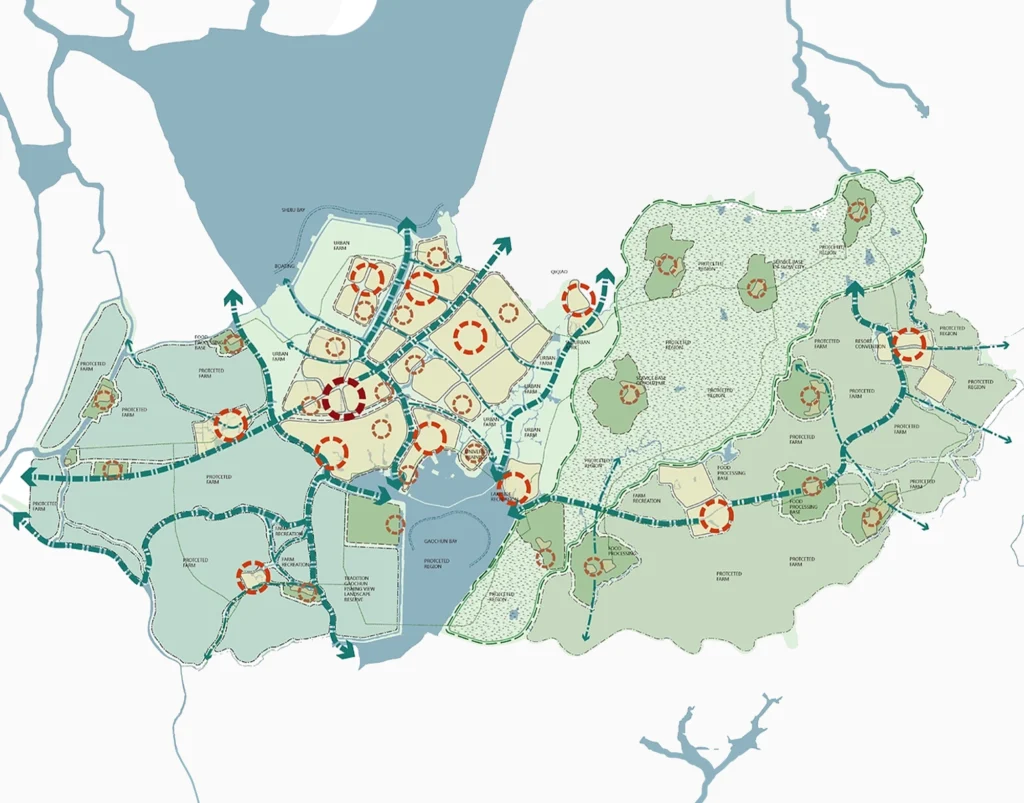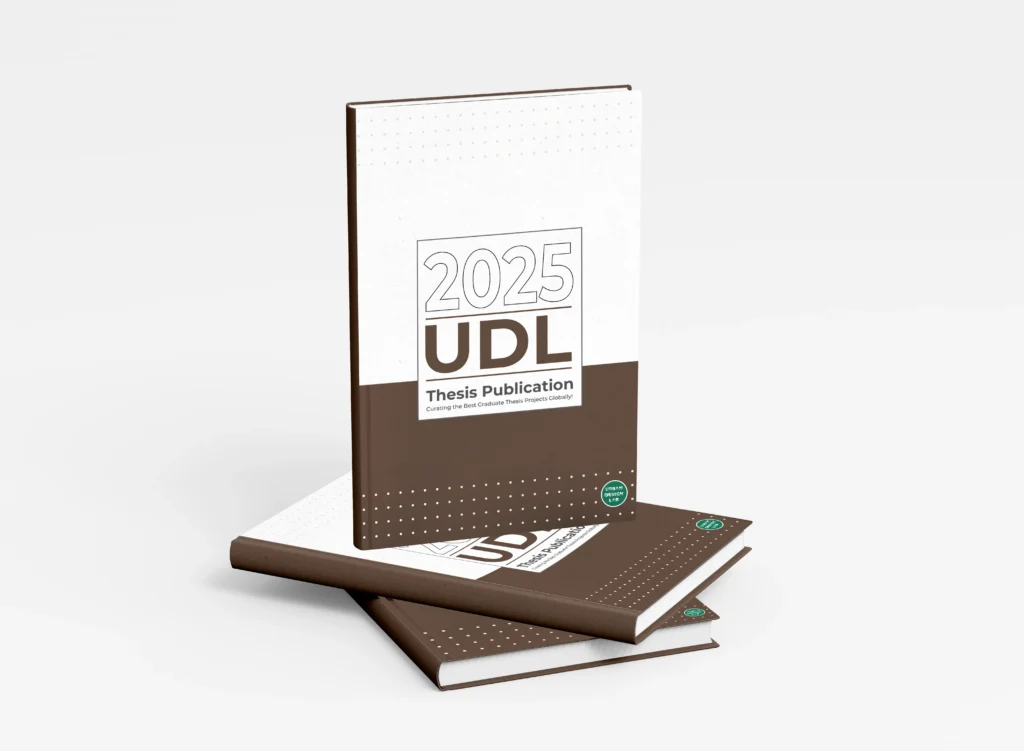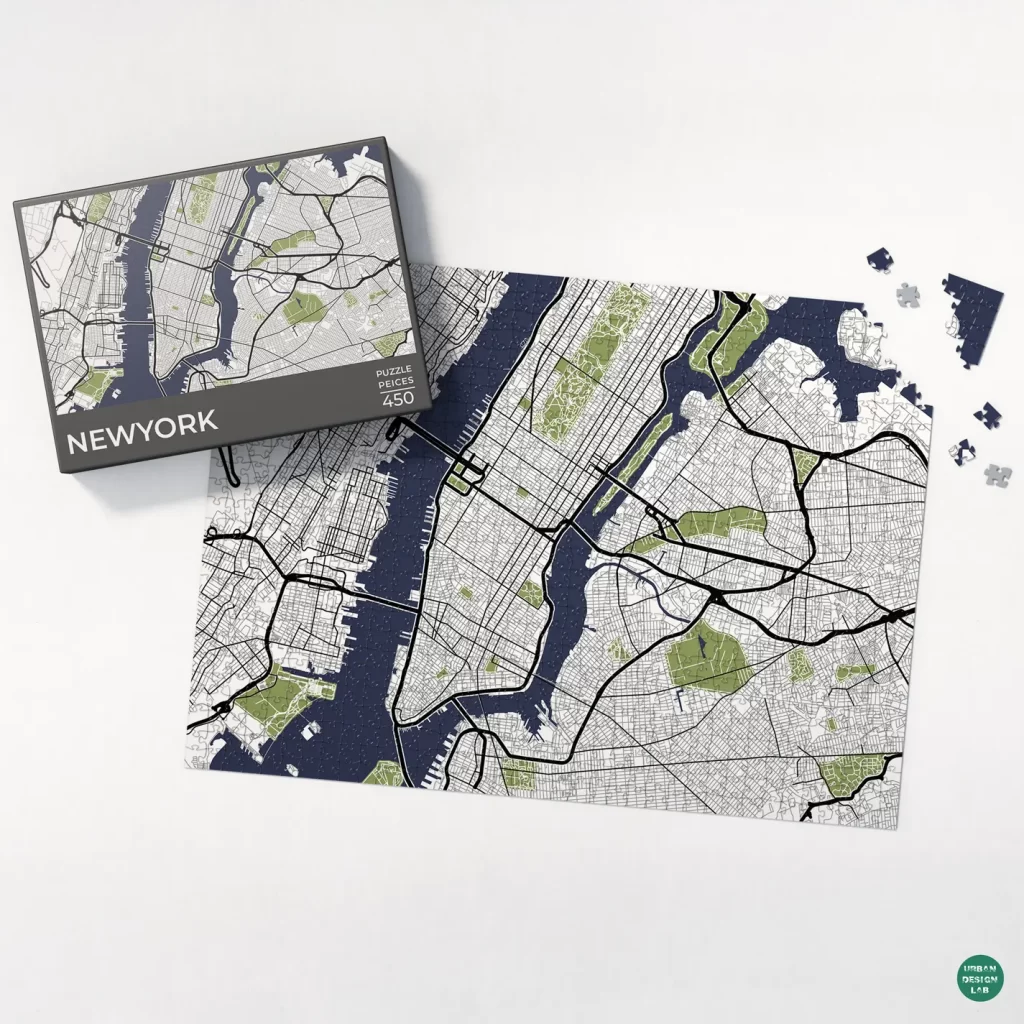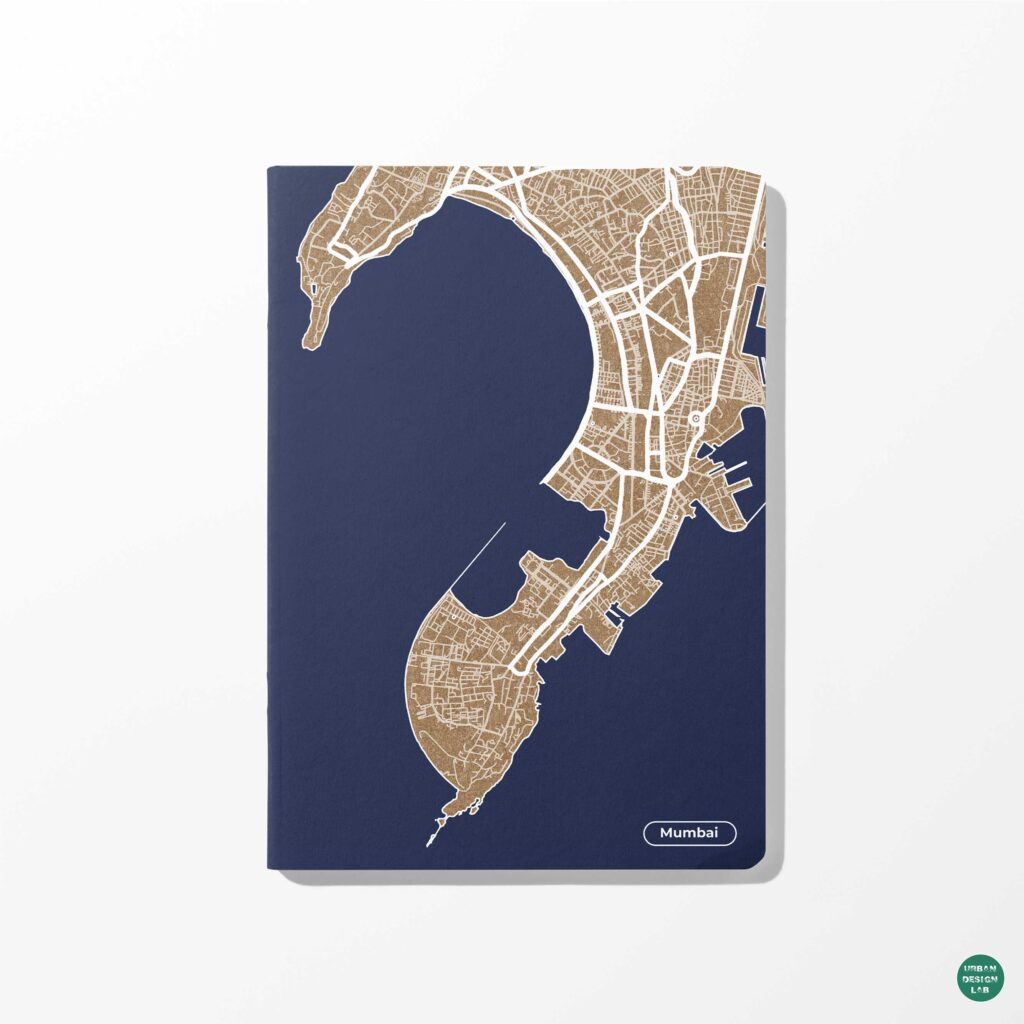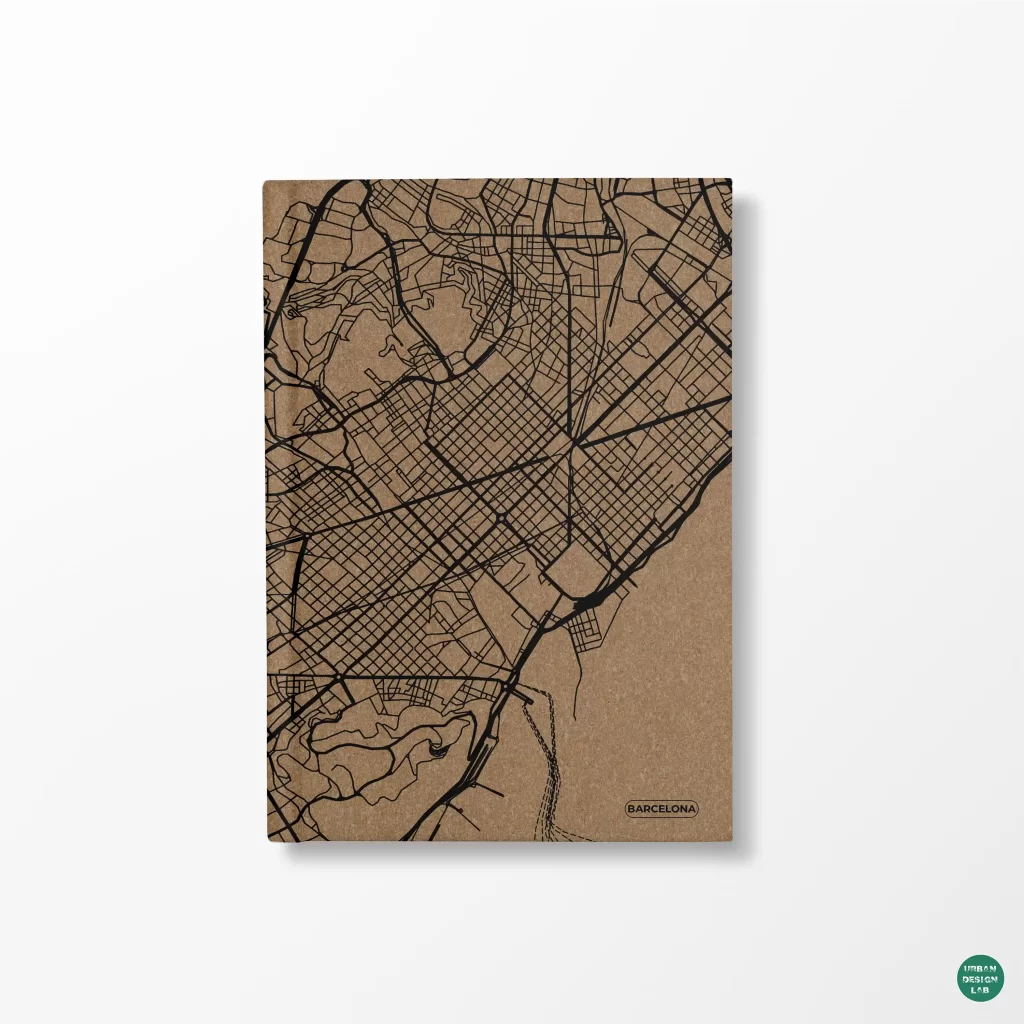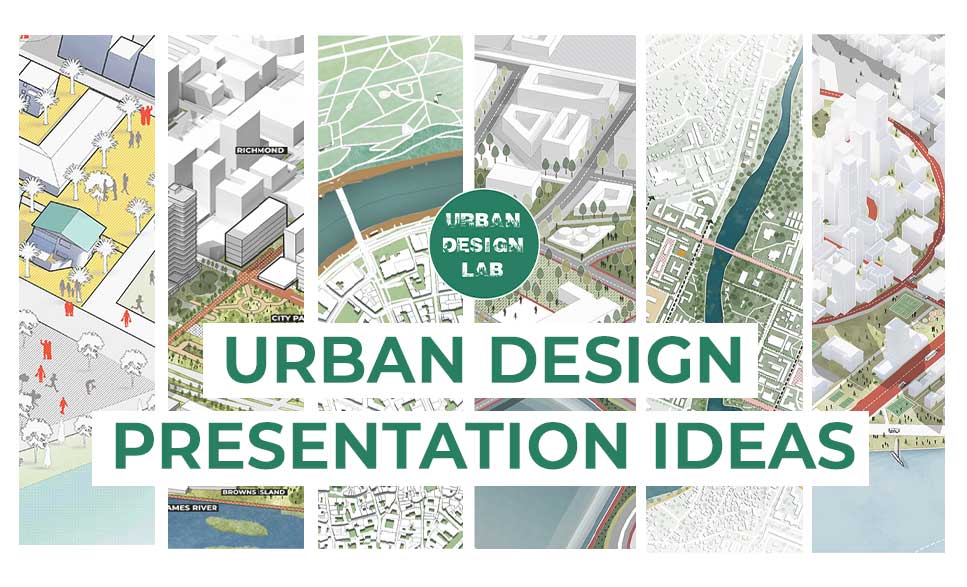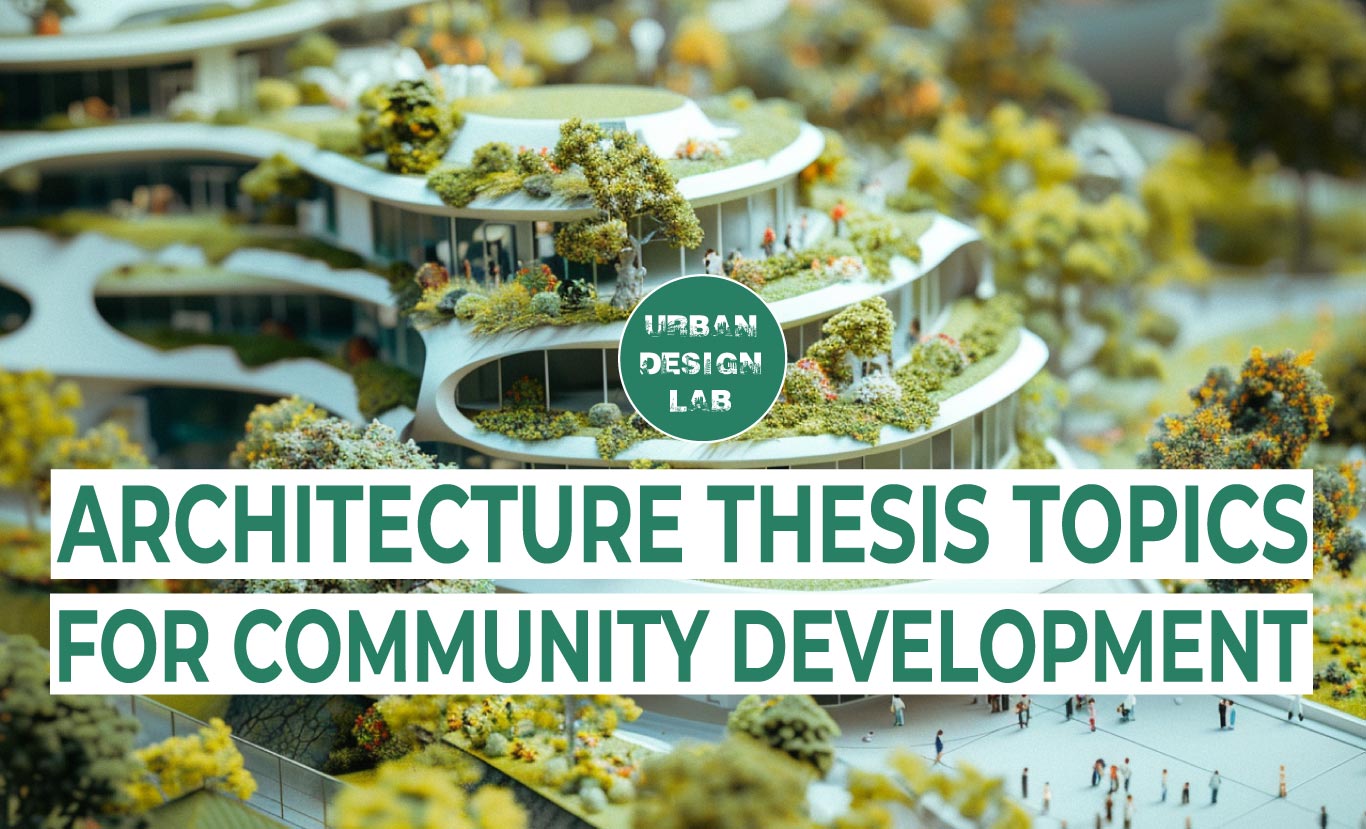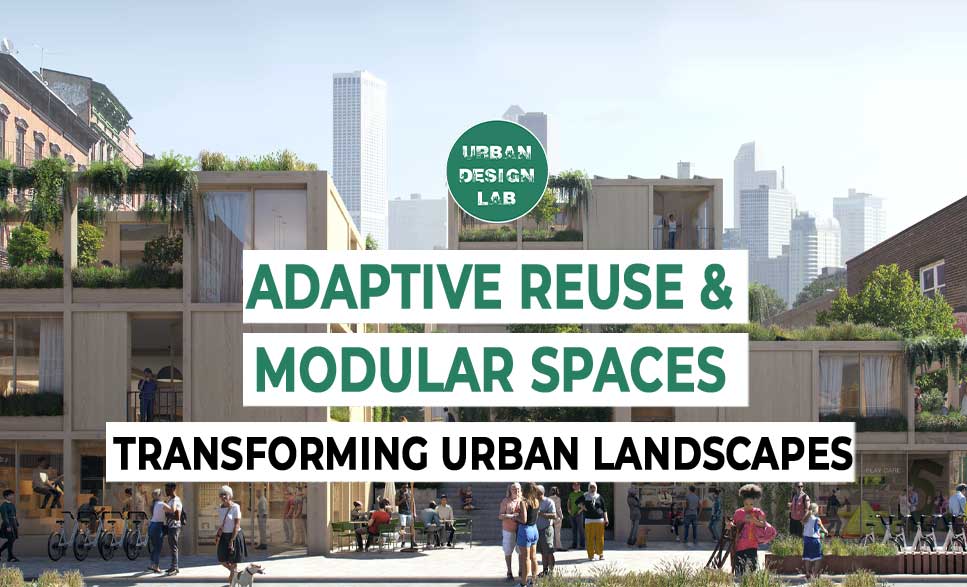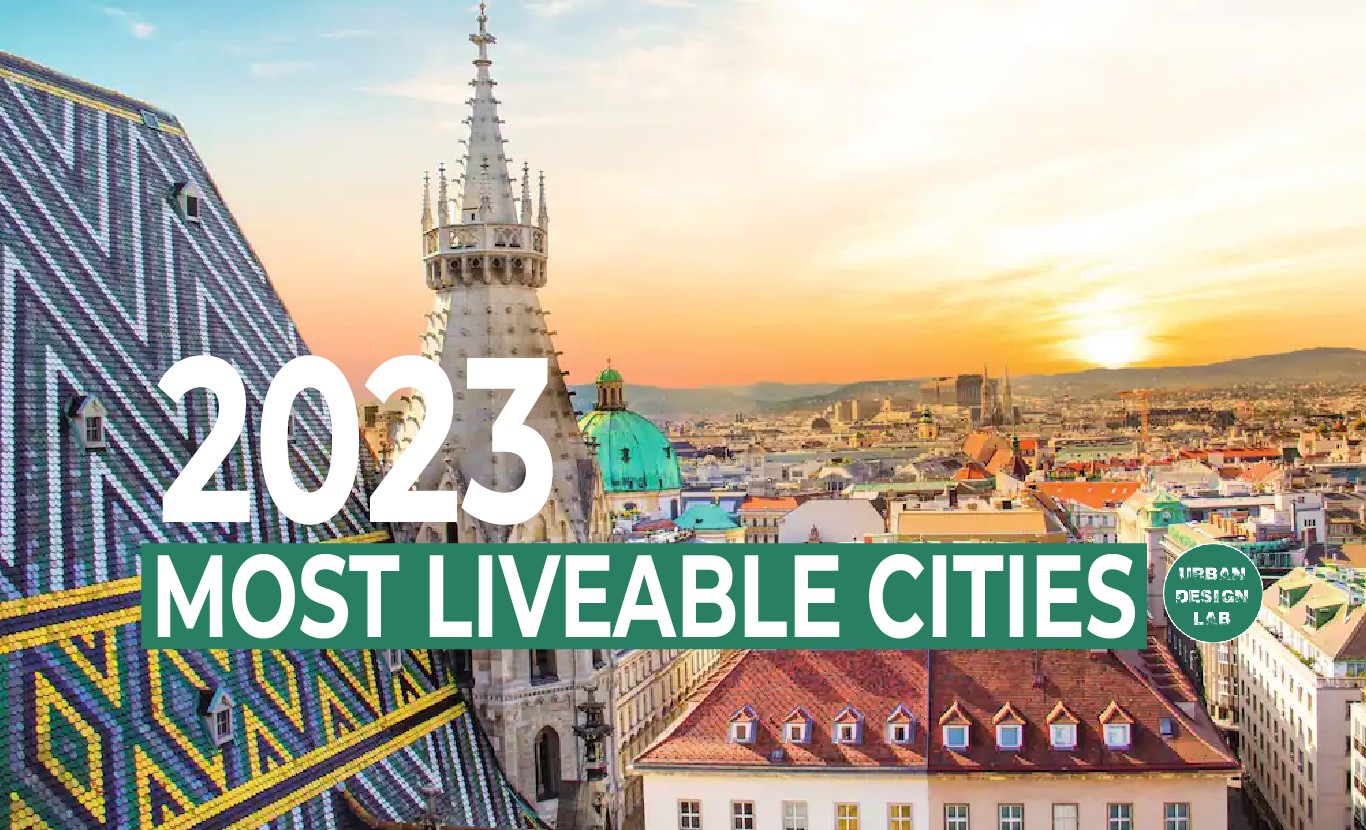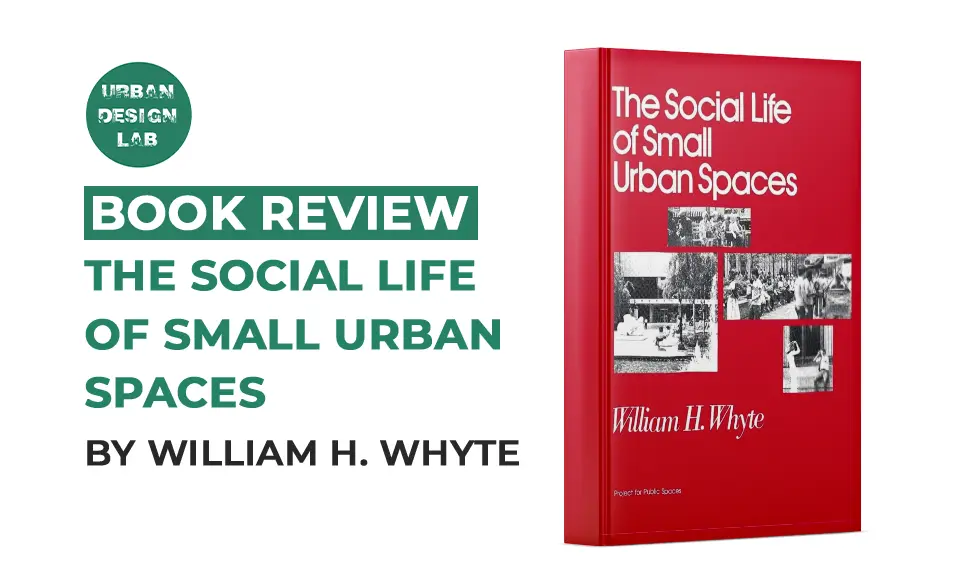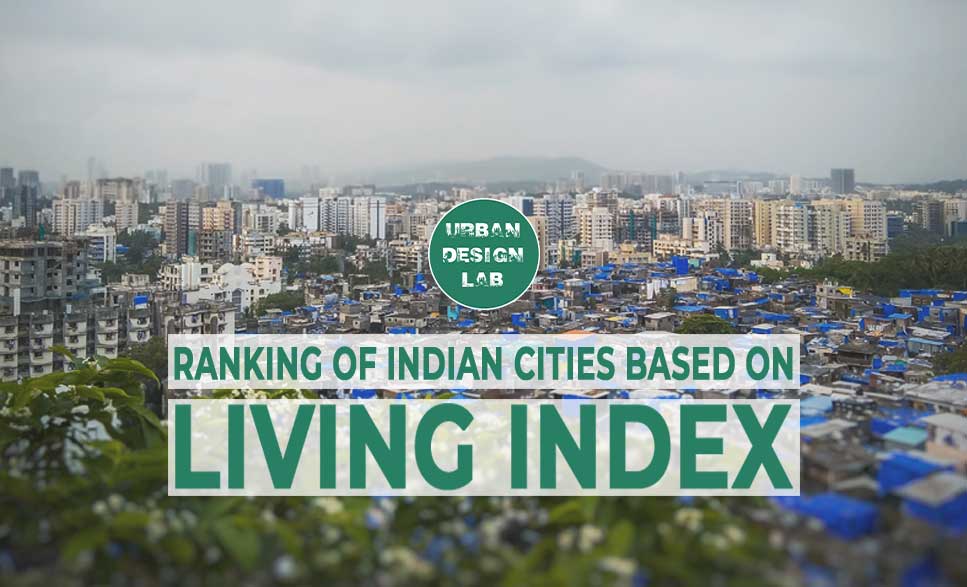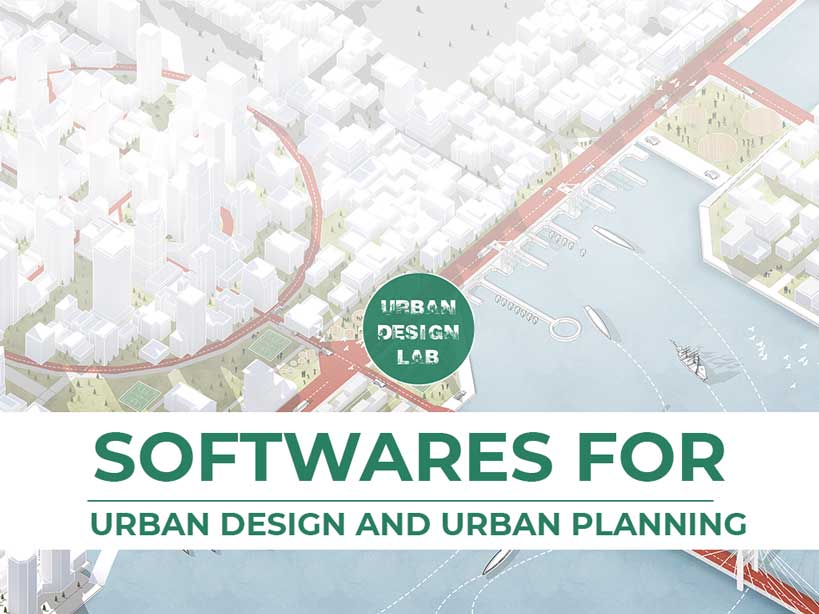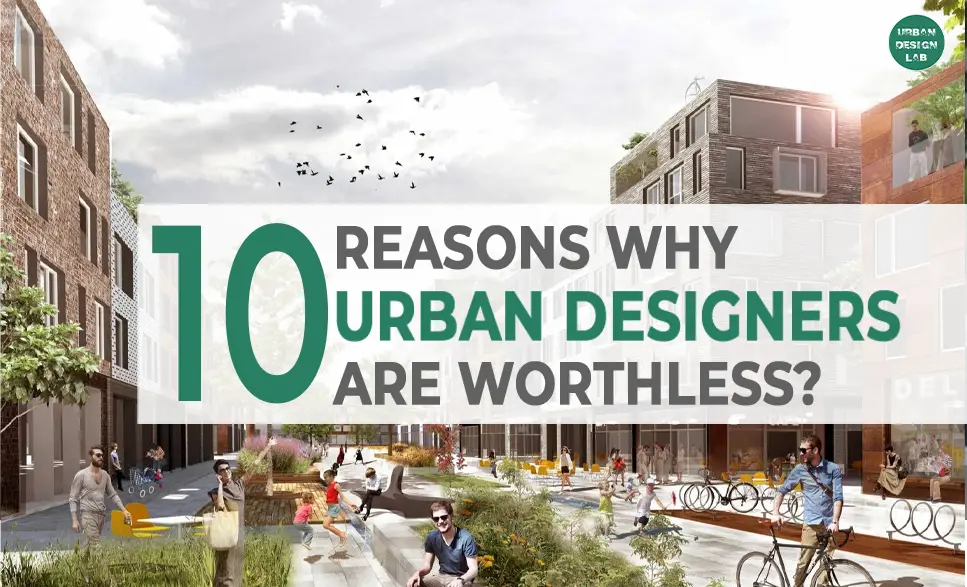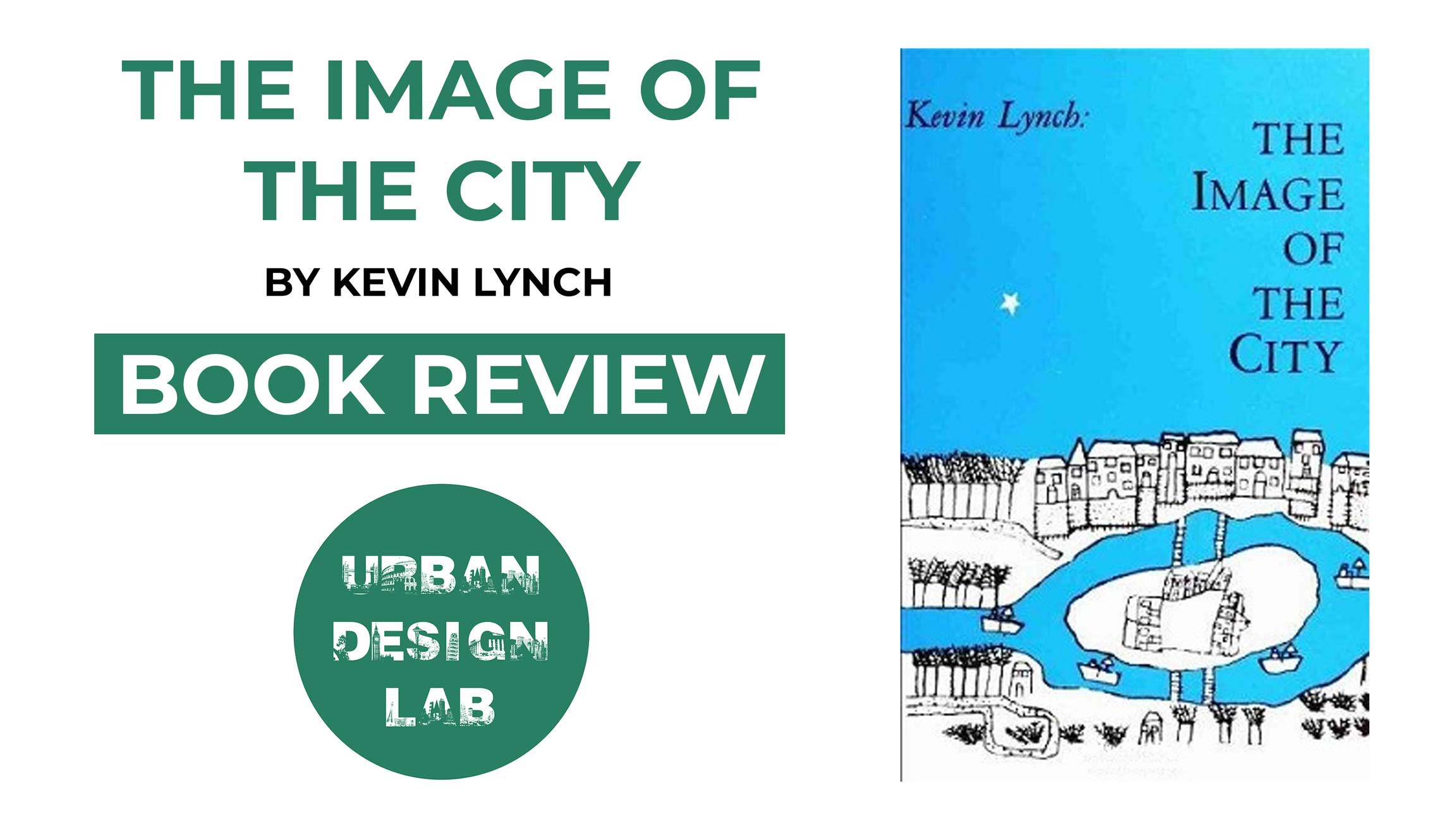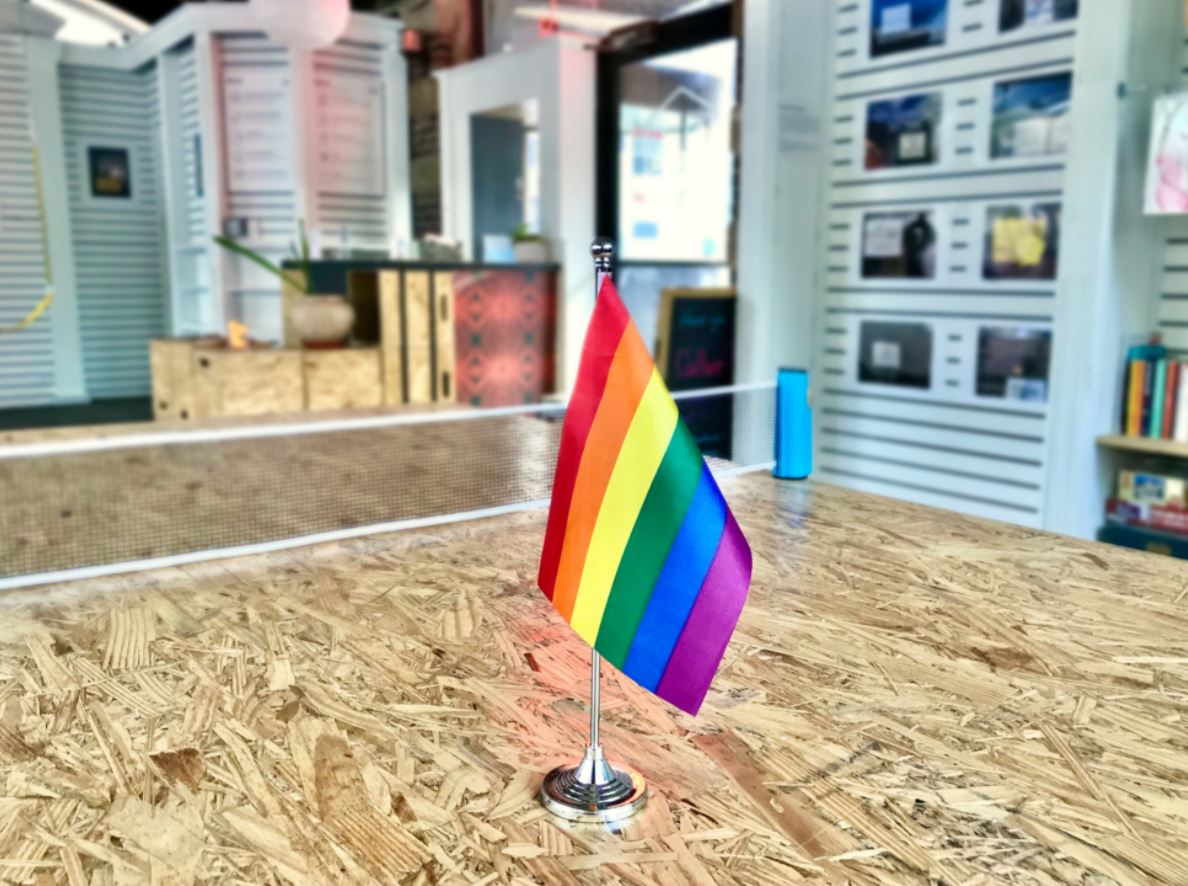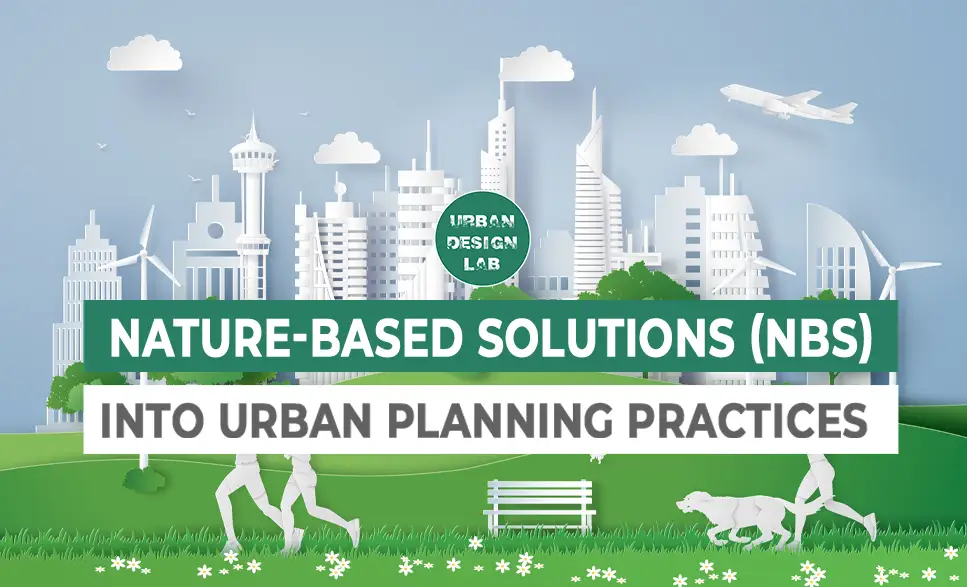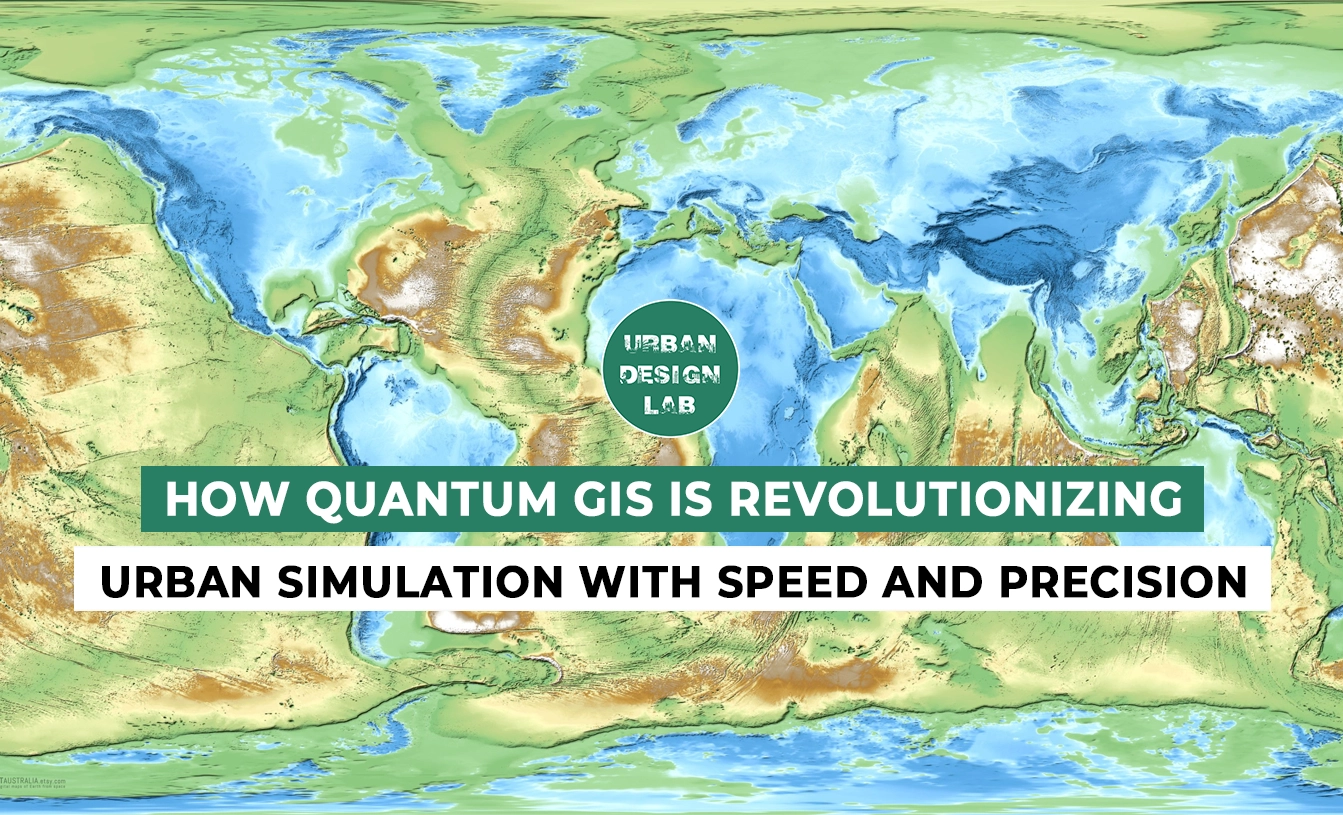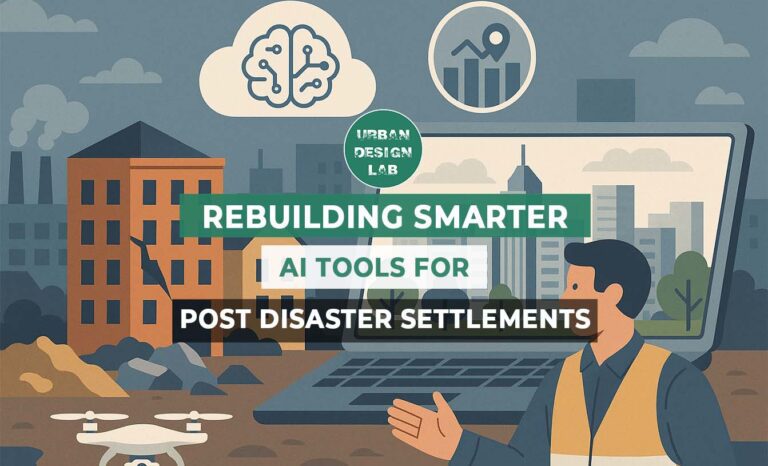
The Inflation Reduction Act and Urban Climate Resilience: What Cities Need to Know
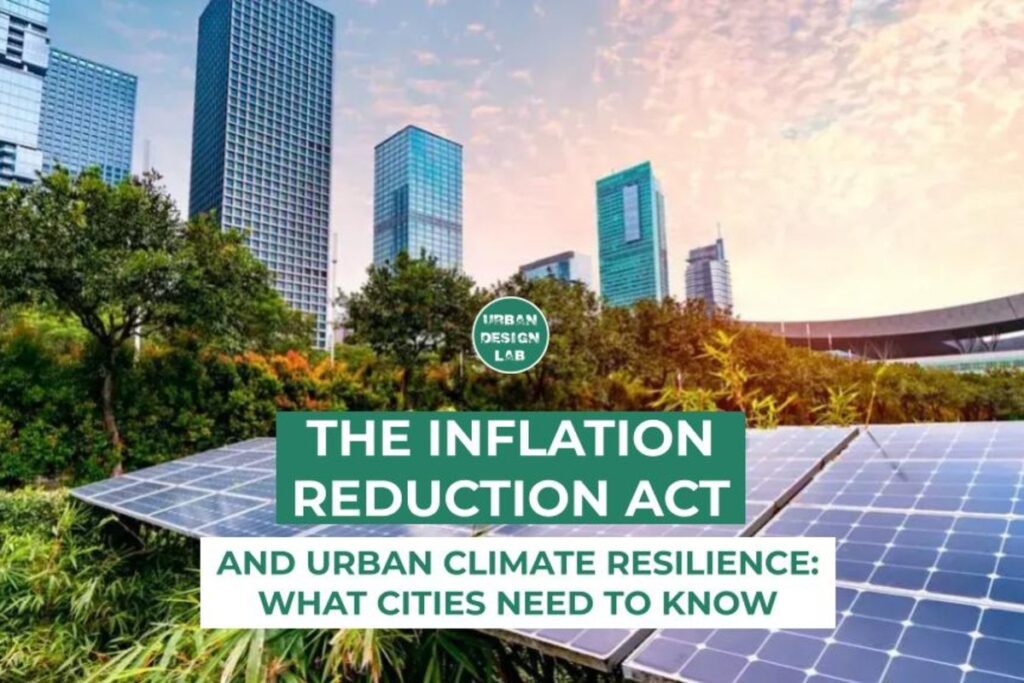
The Inflation Reduction Act (IRA), passed in 2022 under the Biden administration, aims to address climate change, energy infrastructure, and public transportation through significant investment. Originally introduced as “Build Back Better,” the bill allocates funding to modernize infrastructure, with a focus on clean energy and enhanced Amtrak services. It promotes sustainable urban transportation to boost climate resilience, improve air quality, and reduce emissions by supporting public transit, electric vehicles, and transit-oriented development, especially in disadvantaged communities.
The IRA also seeks to decarbonize the economy by encouraging research and investment in alternative fuels such as hydrogen engines and sustainable aviation fuel. In response to worsening air pollution and global climate impacts, it supports clean energy expansion, including integrating solar panels and turbines into urban buildings. This decentralized energy production model can help meet increasing demands from electric vehicles.
Water scarcity in the American West is another major concern addressed by the IRA. The bill funds water infrastructure upgrades, aquifer recharge, and innovative conservation technologies to combat drought and protect agriculture. Altogether, the IRA represents a comprehensive effort to reduce carbon emissions, modernize infrastructure, and prepare cities for a changing climate.
Introduction
The Inflation Reduction Act (IRA) is a US bill passed under the Biden administration in 2022. It served many purposes, hoping to lower the national debt, prescription drug prices, and—the focus of this paper—the increased budget allocation for domestic infrastructure with a focus on clean energy.
Originally introduced under the name “Build Back Better,” the bill ambitiously sought to improve financial investment into the aging infrastructure of the country. A key aspect of this was the pledge to invest more heavily into Amtrak service and capabilities. Amtrak has struggled with consistency and efficiency, often being a slower, less reliable mode of transportation when compared to international train systems.
Another key aspect is the investment into clean and renewable energy infrastructure. The bill places great emphasis on our energy security as a nation.
However much of the climate-oriented goals of the bill have come under fire with the new conservative government’s approach to the energy sector.
20 Jan. 2025: President Trump issued an Executive Order, entitled “Unleashing American Energy,” in order to realize the full potential of the United States’s “abundance of energy and natural resources.” He also ordered an immediate stop to the disbursement of Inflation Reduction Act funds.
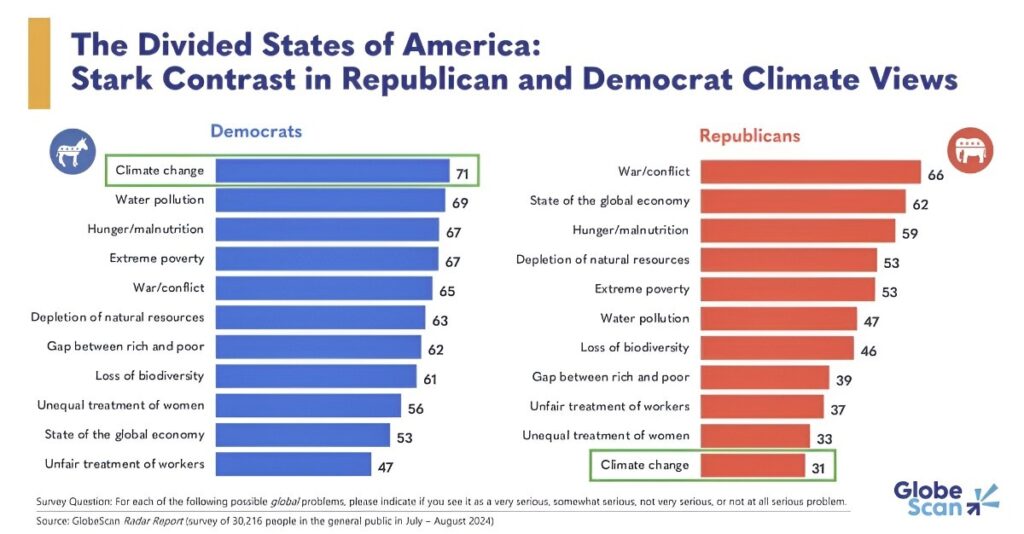
Sustainable, Alternative Transportation
Urban climate resilience is becoming increasingly relevant in the age of climate change. Cities are struggling with flooding, poor air quality, extreme temperatures, and extreme weather events. To be resilient as a city is to be prepared. This bill will directly impact a city’s resilience in the face of changing climate patterns through various initiatives. Pollution and tailpipe emissions are a considerable factor when discussing air quality within cities. The bill aims to invest in public transportation initiatives as a way to reduce reliance on internal combustion systems. The funds raised from this bill will target sustainable transportation systems in vulnerable and disadvantaged communities, improving and promoting active transit and transit-oriented-developments. This bill further allocates funding to transportation agencies wishing to alleviate and reduce the urban heat island effect within the city.
As part of the transition away from fossil fuels, the bill supports a tax-credit for those wishing to purchase an electrical vehicle, incentivizing the transition away from gasoline engines. The lack of adequate electrical infrastructure is also a targeted concern in the bill, which intends to alleviate concerns by improving capacity to our electrical grid through aggressive implementations of renewable energy sources.
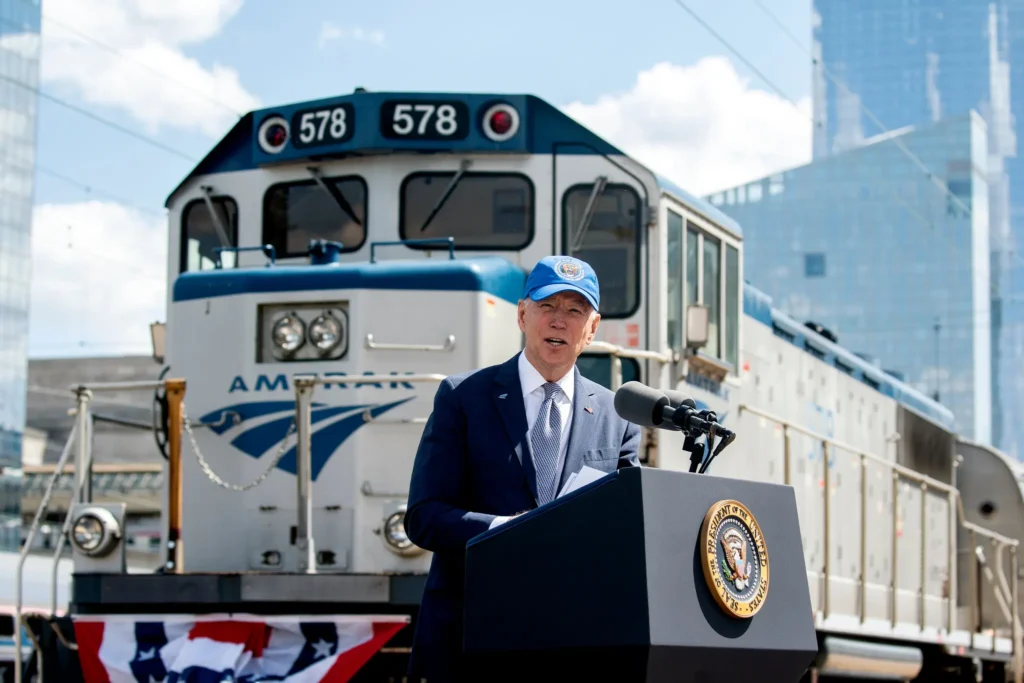
Source: Website Link
Air Quality and Alternative Fuels as an Indirect Impact to the City
Here in Montreal, we have struggled with some of the worst air quality recorded globally due to the wildfires out west. Any and all air pollution will dissipate and disseminate across the globe. As such, the IRA seeks to reduce air pollutants through many avenues. For one, there is significant investment into alternative fuel sources for air travel. The IRA plans to incentivize the decarbonisation of the economy through grants, loans, and credit initiatives to allow for the necessary updating of equipment.
Another promising avenue is the research into various hydrogen engines, which utilize the process of electrolysis to turn water into work. Hydrogen engines struggle to garner public support, as they are a relatively novel technology, and do not boast the decades of large-scale, industrial infrastructure dedicated to their existence. Simply put, consumers need more time to trust the concept as a viable alternative to the status quo. It is potentially possible that these hydrogen-powered engines may become the norm for transportation systems moving forward.
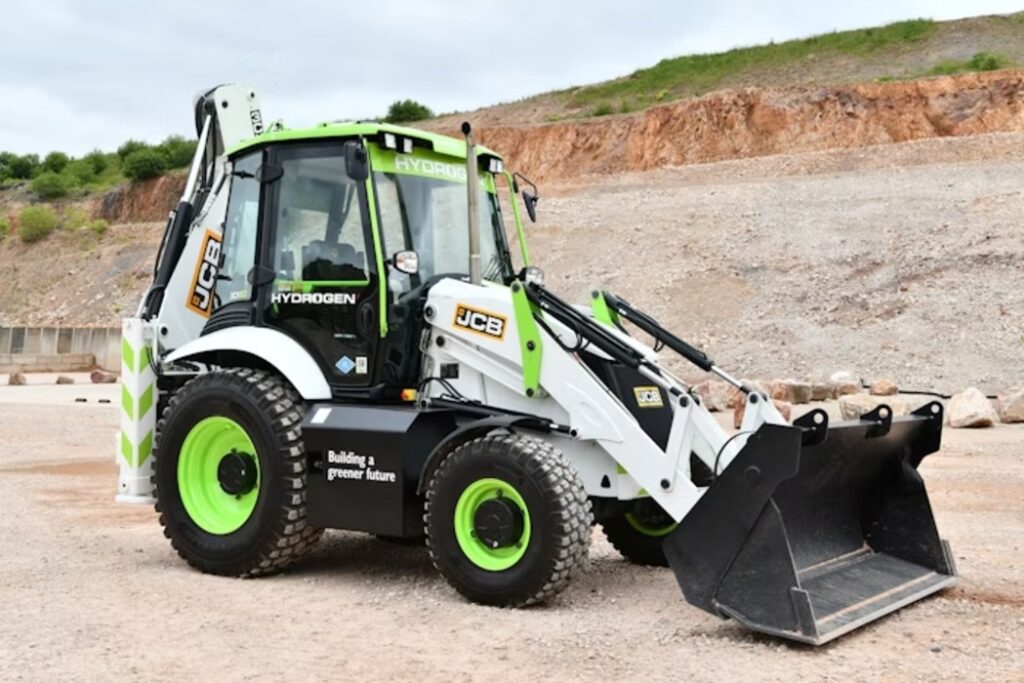
Energy Production Capacity and the Urban Form
When deciding where to place solar panels and wind turbines, we tend to choose greenfield sites or small-scale residential applications. We tend to choose wide-pastures and open expanses that offer the most sunlight per day or the most powerful winds. While greenfield sites are often cheaper/simpler to build with, it does not always support society’s agenda towards a greener, more sustainable future. In the discussions within the crossroads of urban planning and sustainability, a common suggestion arises: why not place wind turbines and solar panels on our buildings? The argument is sound: place solar panels and turbines on the rooftops, incorporate photovoltaic cells into the windows of highrises, and create a self-sustaining system (from an electricity standpoint). This integration will improve the electrical capacity at the site where it will be used. As cities tend towards digitalization and improved technologies, our energy usage is only bound to increase, placing greater importance on the city’s ability to offset its own demand.
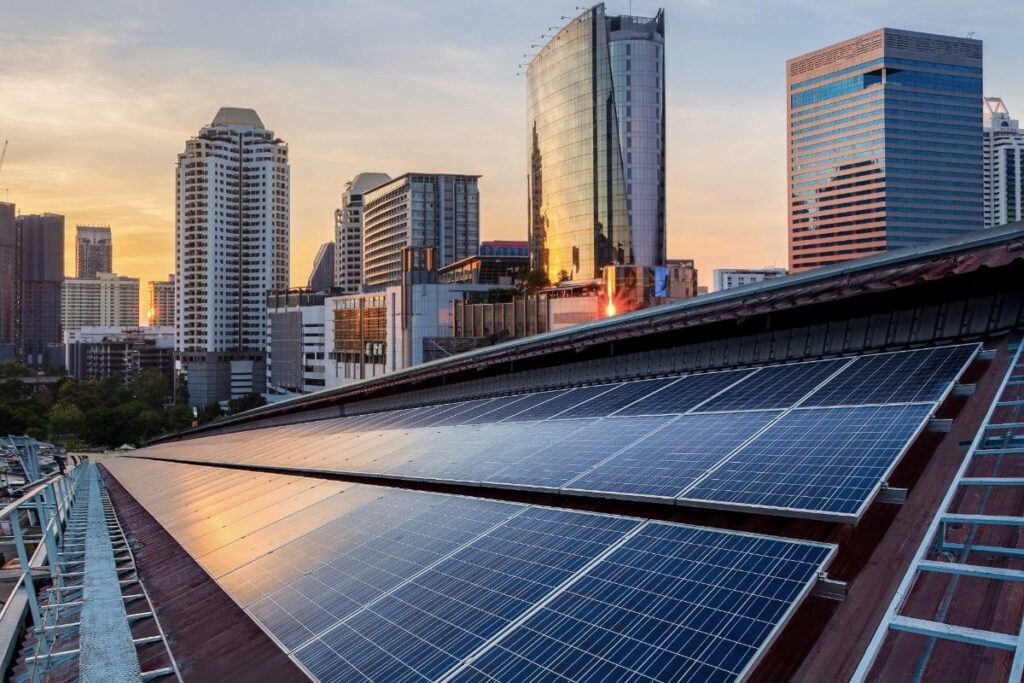
Natural Resources and Drought Resiliency
In the American west, droughts have become an ever-present threat to our agricultural sector and they are slated to become worse as the crisis progresses. From the government publication discussing their commitment:
“Projects include developing new infrastructure, upgrading existing infrastructure, recharging aquifers, advancing water recycling and treatment, strengthening innovative technologies to address water scarcity challenges for water users, and constructing domestic water supply projects that benefit Tribes and disadvantaged communities. ”
The watershed in the American west pulls a lot of weight; it supports immense agriculture and dozens of cities. However, it is not being replenished at the same rate as we are draining it, especially during longer spells of drought. With mounting concerns that key players—like the Rios Grande and Colorado—will no longer be able to support increased demand, there must be innovative action taken to conserve and more efficiently use these resources.
With an investment into the improvement and efficient extraction of these resources, we can prevent wide scale droughts, or even famines, from plaguing entire regions of the continent.
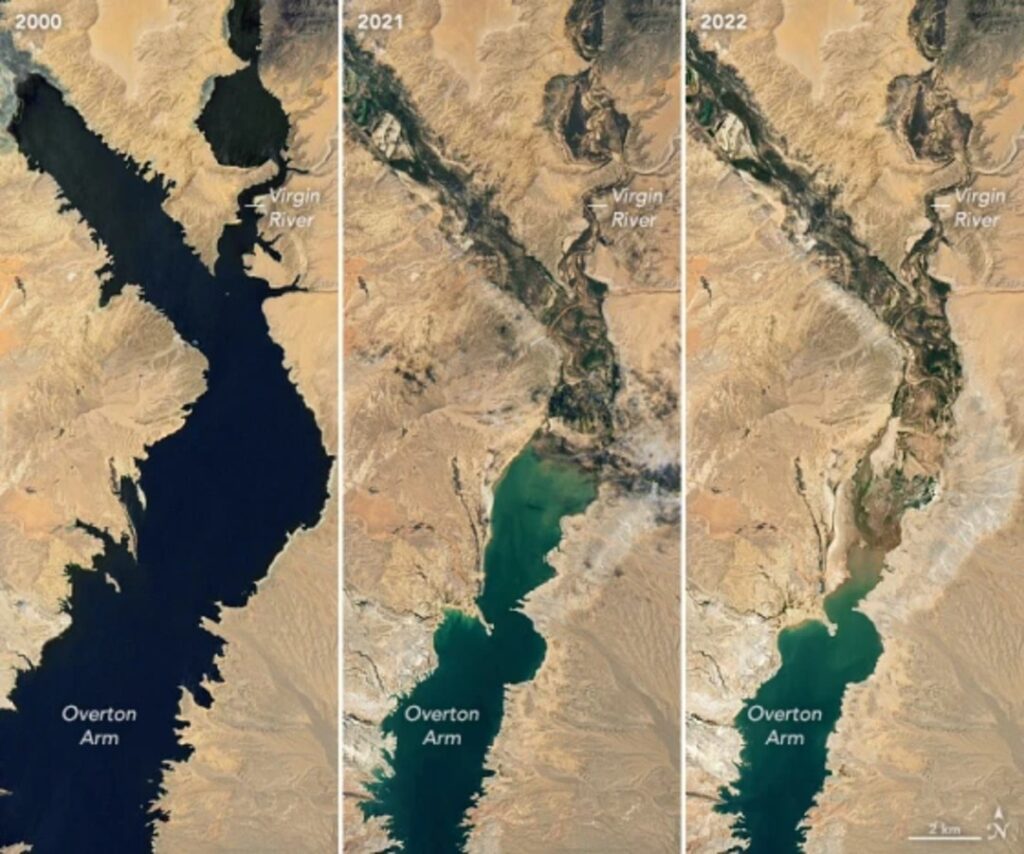
-1
-1
-1
-1
-1
Conclusion
The Inflation Reduction Act represents a pivotal step toward a more sustainable, resilient, and energy-secure future for the United States. By investing in clean energy infrastructure, public transportation, and alternative fuel sources, the bill addresses multiple critical challenges at once: aging infrastructure, air pollution, climate change, and resource scarcity. Its focus on urban climate resilience ensures that cities can better withstand the growing threats posed by extreme weather and rising temperatures, while promoting healthier, more livable environments.
The IRA’s support for electric vehicles, hydrogen technologies, and public transit reduces dependence on fossil fuels and curbing emissions. Its emphasis on modernizing the power grid and utilizing urban spaces for renewable energy reflects a necessary shift toward decentralized, efficient energy production. Additionally, the bill’s investment in water infrastructure across the drought-prone American West demonstrates a proactive approach to natural resource management and food security.
While challenges remain in implementation and public acceptance—particularly for emerging technologies like hydrogen—the IRA lays a strong foundation for long-term environmental and infrastructural progress. As such, it marks a critical evolution in federal climate policy, signaling a commitment to a cleaner, more resilient, and equitable future.
References
- U.S. Department of Energy, Office of Policy, The inflation reduction act drives significant emissions reductions and positions America to reach our climate goals (2022). Washington, D.C.
- The White House, Unleashing American Energy: Executive order (2025). Washington, DC.
- Inflation Reduction Act of 2022. Internal Revenue Service. (May 2025). https://www.irs.gov/inflation-reduction-act-of-2022

Ethan Anderson
About the Author
Studying for his BA in Urban Studies, Ethan seeks to improve the modern urban fabric through novel implementations of both new and old ideas. Born and raised in a town that rose and fell at the hands of the now defunct railway, it has been a constant and everpresent reminder how influential the built environment is to our success as a community.
Related articles
UDL GIS
Masterclass
Gis Made Easy- Learn to Map, Analyse and Transform Urban Futures
Session Dates
15th-19th December 2025

Urban Design Lab
Be the part of our Network
Stay updated on workshops, design tools, and calls for collaboration
Curating the best graduate thesis project globally!

Free E-Book
From thesis to Portfolio
A Guide to Convert Academic Work into a Professional Portfolio”
Recent Posts
- Article Posted:
- Article Posted:
- Article Posted:
- Article Posted:
- Article Posted:
- Article Posted:
- Article Posted:
- Article Posted:
- Article Posted:
- Article Posted:
- Article Posted:
- Article Posted:
- Article Posted:
Sign up for our Newsletter
“Let’s explore the new avenues of Urban environment together “
